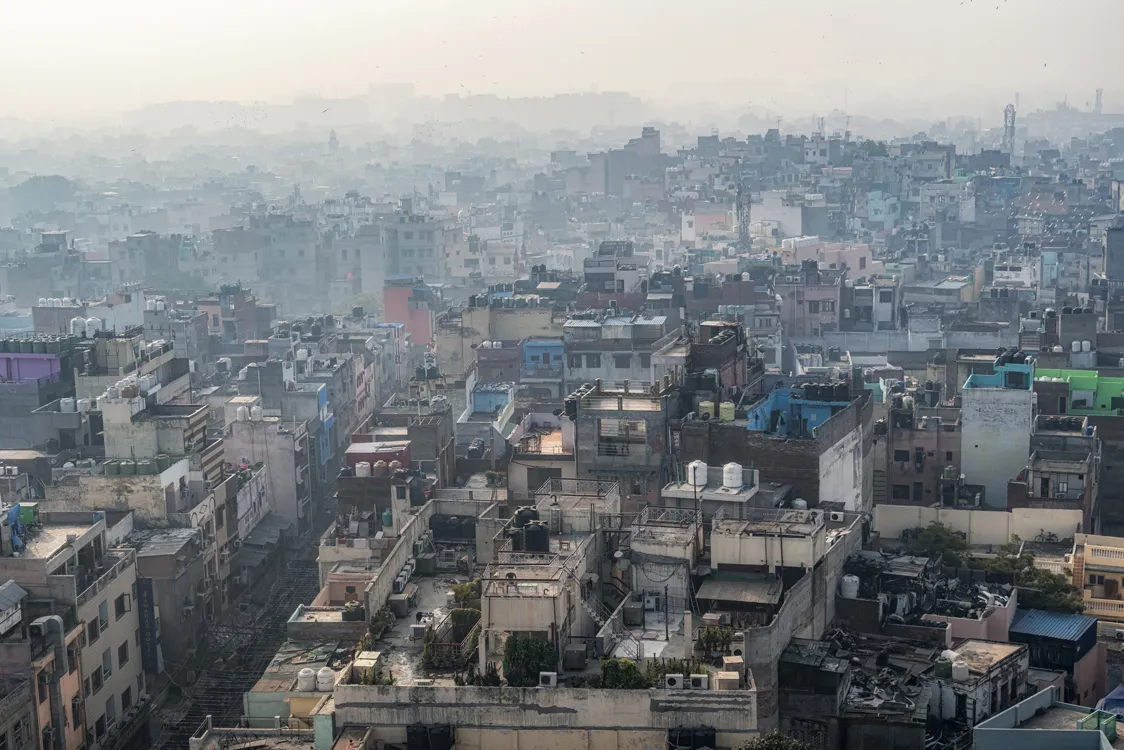Inger Andersen stated that the world needed immediate action, new technology, and international cooperation to reduce air pollution for the most vulnerable.
Today, 99% of the world’s population breathes air that exceeds the WHO’s PM2.5 guideline, according to hourly data provided by the United Nations on the age groups most exposed to polluted air. In response to the United Nations resolution on the right to a healthy environment, the UN Environment Programme (UNEP) and Swiss technology company IQ Air developed the most effective air quality data platform in the world in February 2020. It has since updated the data platform to show which age groups are subject to poor air quality at any given time in a nation.” Environmental monitoring and information systems must move with ever greater precision to identify which segments of society are most vulnerable so that we can make policies to protect people there,” said Inger Andersen, executive director of the United Nations Environment Programme.
He claimed urgent action, new technology, and international cooperation were required to reduce air pollution, especially for the most vulnerable. Based on the new World Health Organization recommendations, the digital platform uses real-time crowdsourced data from public governmental sources, citizens, researchers, artificial intelligence platforms, and satellites to deliver simple to understand forecasts of air quality, wind, temperature, humidity, and pressure, as well as hourly exposure to unhealthy air.
Anyone experiencing respiratory tract symptoms should visit a general physician for care and treatment if needed. Since 2020, the platform has added more than twice as many air quality monitors, from under 10,000 to over 25,000, which has increased the accuracy of the estimates. The UN is commemorating its third Clean Air for Blue Skies Day. IQAir CEO Frank Hammes says, “We hope to inspire people around the world to support projects that clean the air in their communities.”




